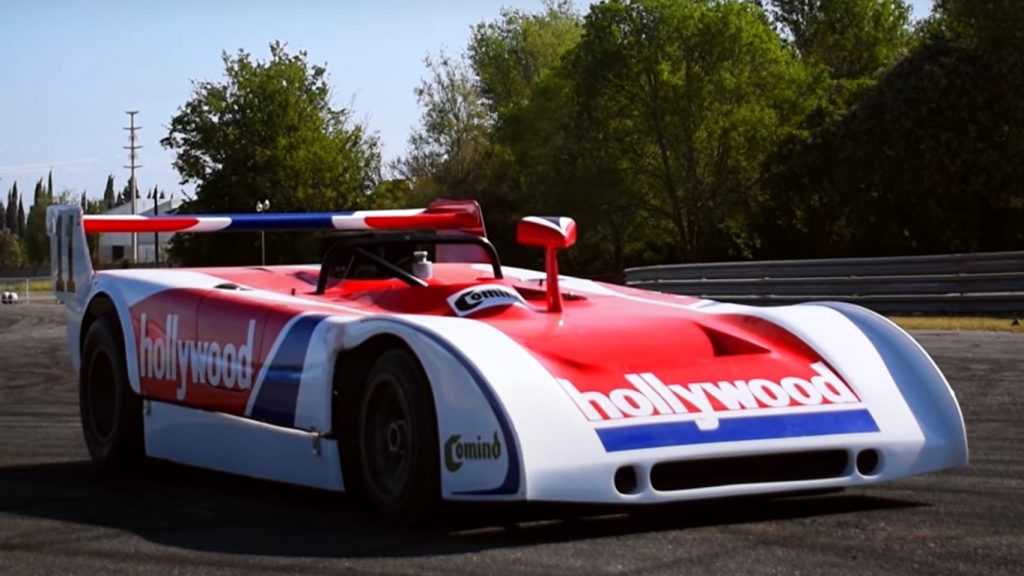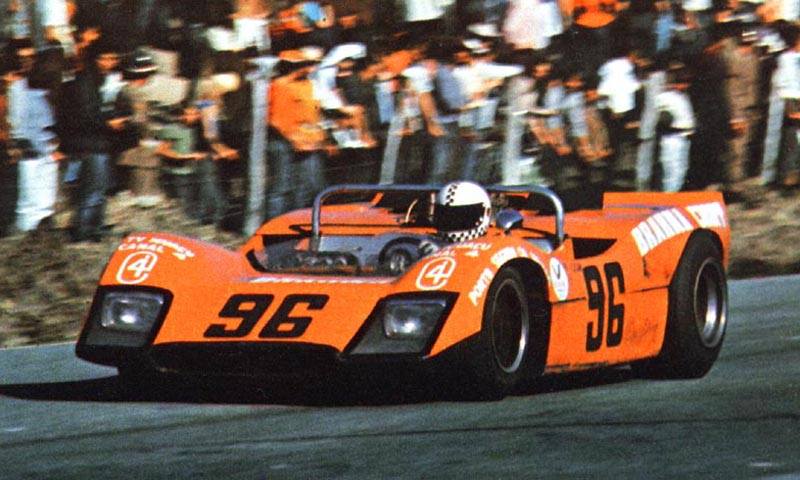Before winning Formula 1 titles and becoming the only Brazilian constructor in the category, brothers Wilson and Emerson Fittipaldi left their mark on Brazilian motorsports with innovative projects. Among the creations of Fittipaldi Veículos e Equipamentos de Competição Ltda., the Fitti-Vê (1966), the Fitti-Porsche (1967), the Fittipaldi 1600 (1968) and the famous Fusca Bimotor (1969) stand out. However, a lesser-known but equally fascinating prototype was the Fittipaldi F4, a Can-Am-style car that we will explore today.
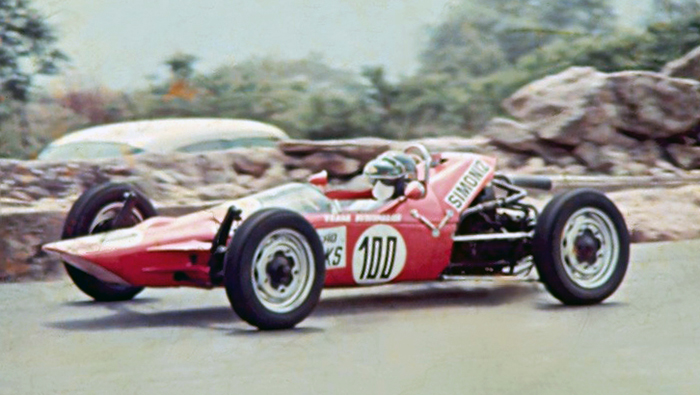
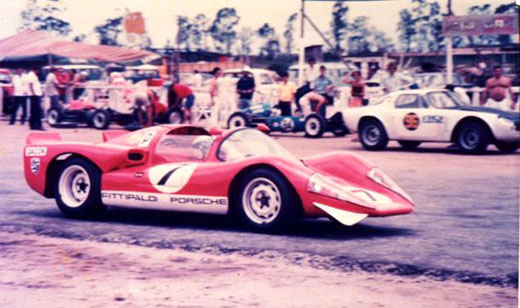
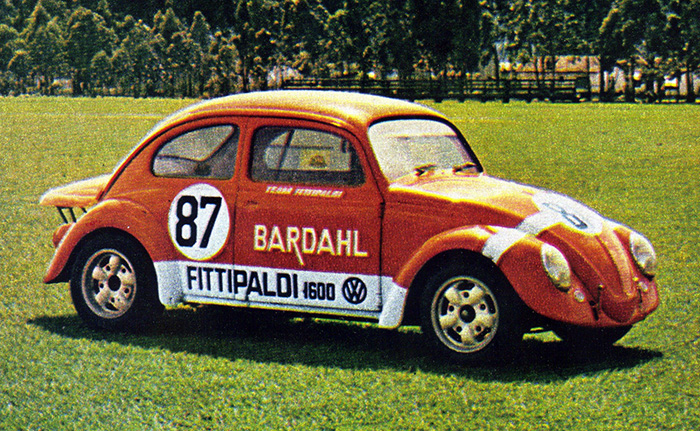
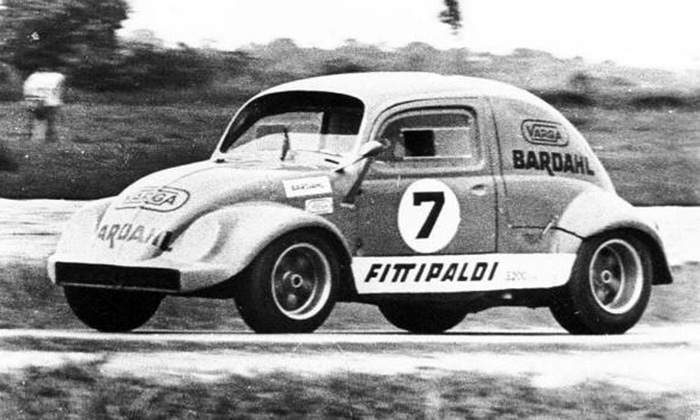
The Development of the Fittipaldi F4
While Emerson Fittipaldi was already competing in Formula 3 in Europe, his brother Wilson Fittipaldi remained in Brazil, developing the F4 alongside engineers such as Ricardo Divila, Ary Guilherme Leber and veteran Nélson Brizzi. The goal was to create a car capable of competing against the imported models that dominated Brazilian tracks in 1969.
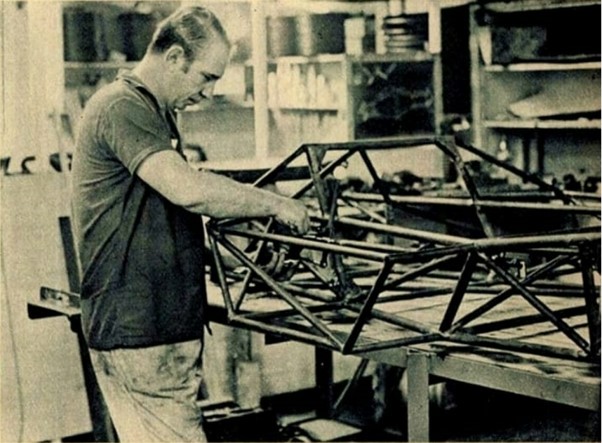
The F4 was the fourth car produced by Fittipaldi and its tubular chassis was made of 4130 steel, a pioneer among Brazilian racing cars to use this spec of steel. Designed by Divila, it had compact dimensions (3.83 m long, 1.45 m wide and only 90 cm high at the roll bar), and weighed only 400 kg, with a 42/58 weight distribution. The suspension, also designed by Divila, was a double A type on all four wheels, with magnesium stub axles and 12-inch Firestone Indy tires at the rear and 8-inch at the front. The fuel tanks, with a combined capacity of 98 liters, were positioned laterally to the cockpit.

The aerodynamics of the Fittipaldi F4, designed by Leber, were inspired by the Ferrari 612 Can-Am. The bodywork design was tested in a wind tunnel at CTA (São José dos Campos), ensuring aerodynamic efficiency. Originally, the F4 would have a rear wing mounted on the axle sleeves and electrically actuated aerodynamic brakes, the same solution that was banned before it even debuted on the Shadow Mk1.
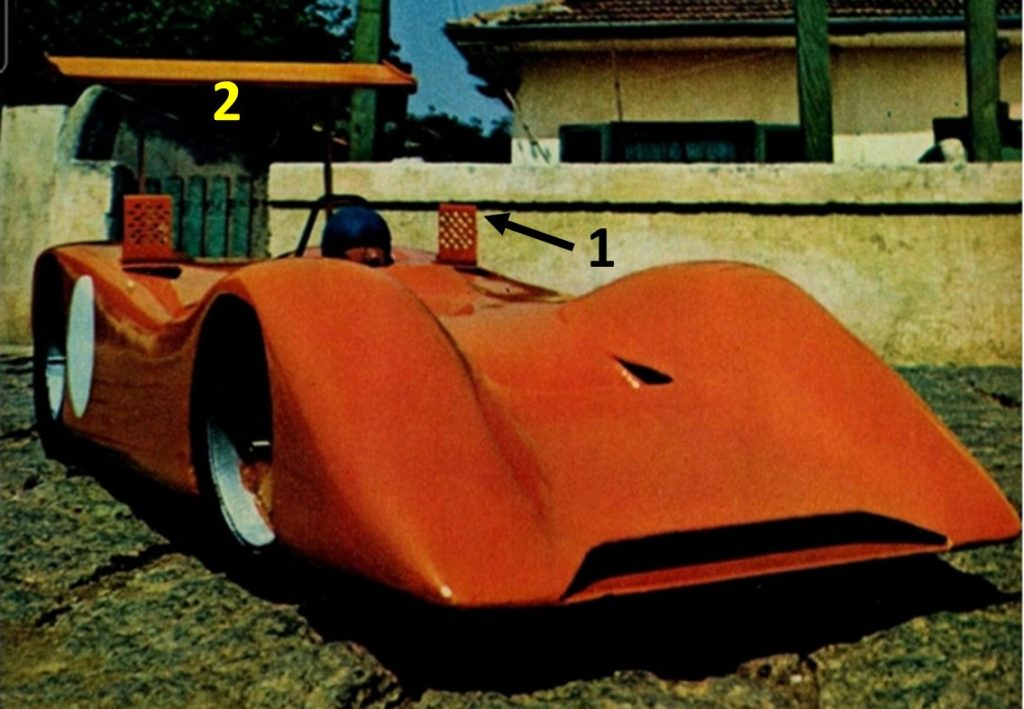
Initially, the F4 would be equipped with a 1900cc Alfa Romeo engine, similar to that of the Alfa GTA of the Jolly team, together with a 5-speed ZF transmission, of Porsche origin. According to the team’s calculations, the 200 HP engine would be enough to reach speeds of up to 270 km/h on the Interlagos straight, an impressive feat to this day. A second car, which would be equipped with a Hewland DG500 transmission, was planned for Marivaldo Fernandes, but it never came to fruition.
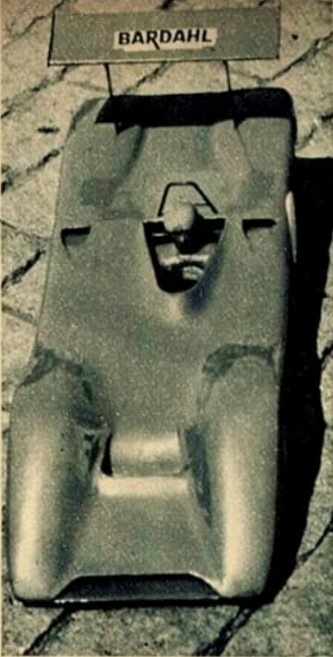
Unfortunately, the Fittipaldi F4 project was cut short when Wilson Fittipaldi moved to European motorsport. The car only made its official debut at the 1971 6 Hours of Interlagos, driven by Nathanael Townsend and Anésio Fernandes, but it had problems and had to retire from the race after 9 laps due to a broken shock absorber.
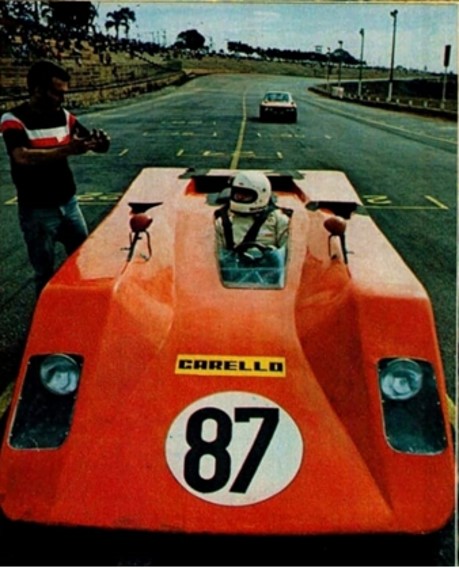
Equipped with an Alfa Romeo 1.3 engine, similar to the Alfa GTVs, the car’s performance fell short of what was promised with the Alfa 1900 engine. Unfortunately, we could not find any publications regarding the modifications made, but it is possible to see that the radiator was moved from the front, resulting in a new, lower, wedge-shaped front bodywork that integrated a pair of headlights for night racing. The rear was also redesigned in a shorter, squarer style, probably with the radiator positioned at the rear, with the air intake at the end of the bodywork.

The F4 would also appear in the GP Shopping Iguatemi, a race held on the outer ring and often also 250 Milhas de Interlagos, due to its length. Running solo, in this race Townsend obtained sixth place in the overall classification, and third among the national prototypes of Division 4.
Sources:
Muito além da Copersucar: os insanos carros experimentais dos Fittipaldi. Available at: https://projetomotor.com.br/muito-alem-da-copersucar-os-insanos-carros-experimentais-dos-fittipaldi-2/. Retrieved through Waybackmachine.
F4: Um recorde em construção. Quatro Rodas magazine, number 105, April 1969.
Seis Horas de Interlagos: a vitória do Porsche 910. Quatro Rodas magazine, number 133, August 1971.
A era do Porsche nas corridas brasileiras. Quatro Rodas magazine, number 134, September 1971.

